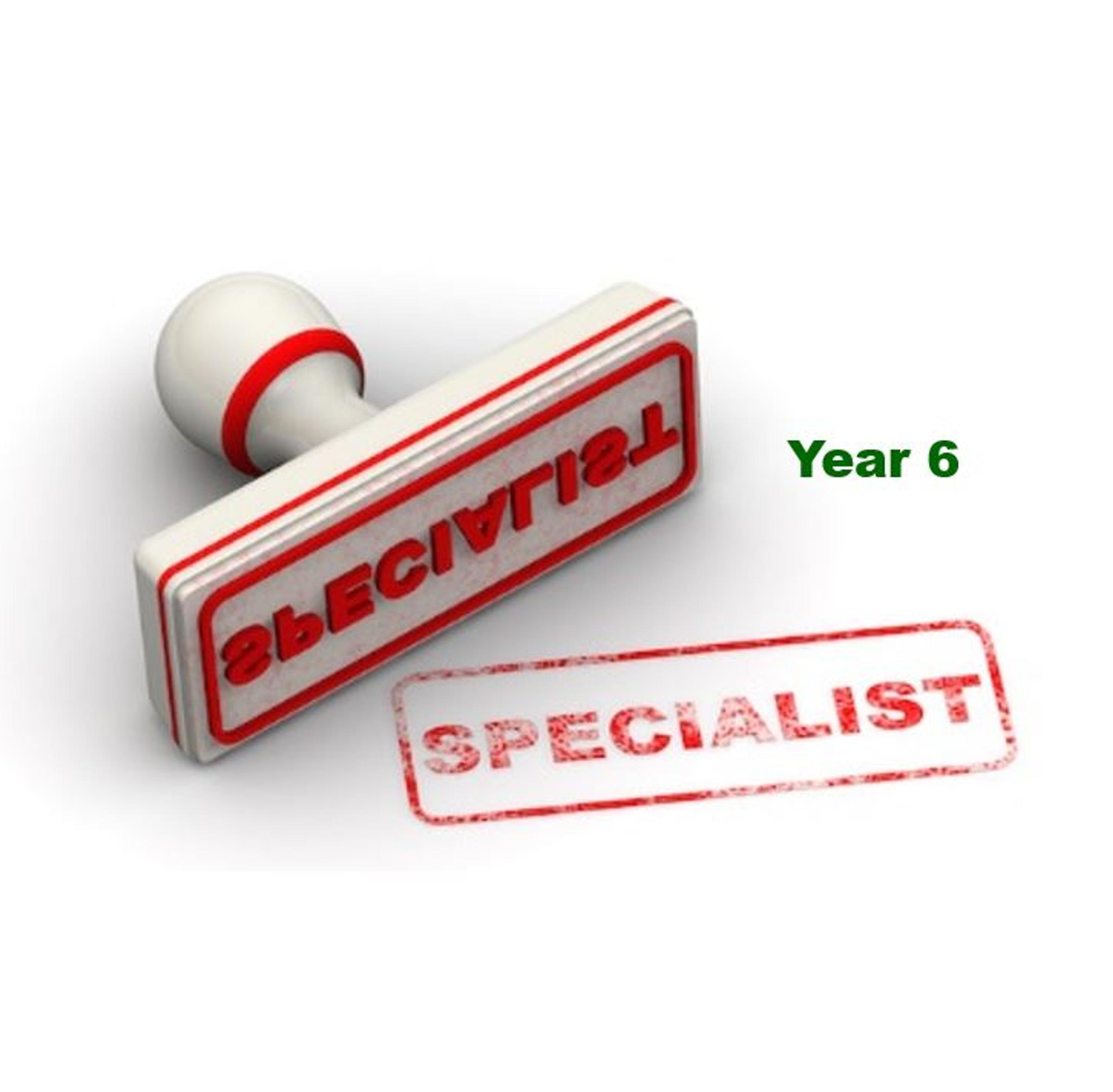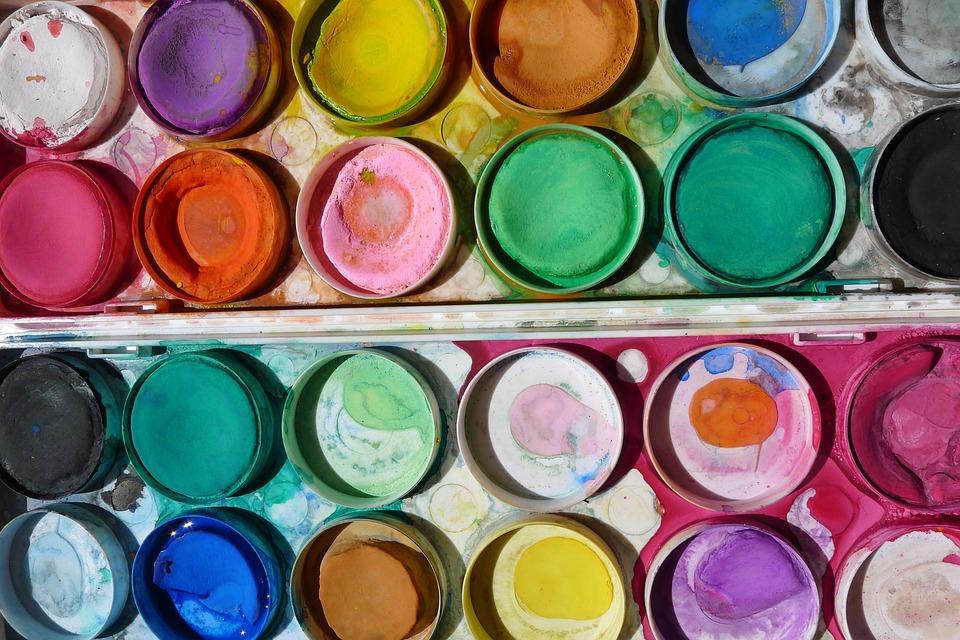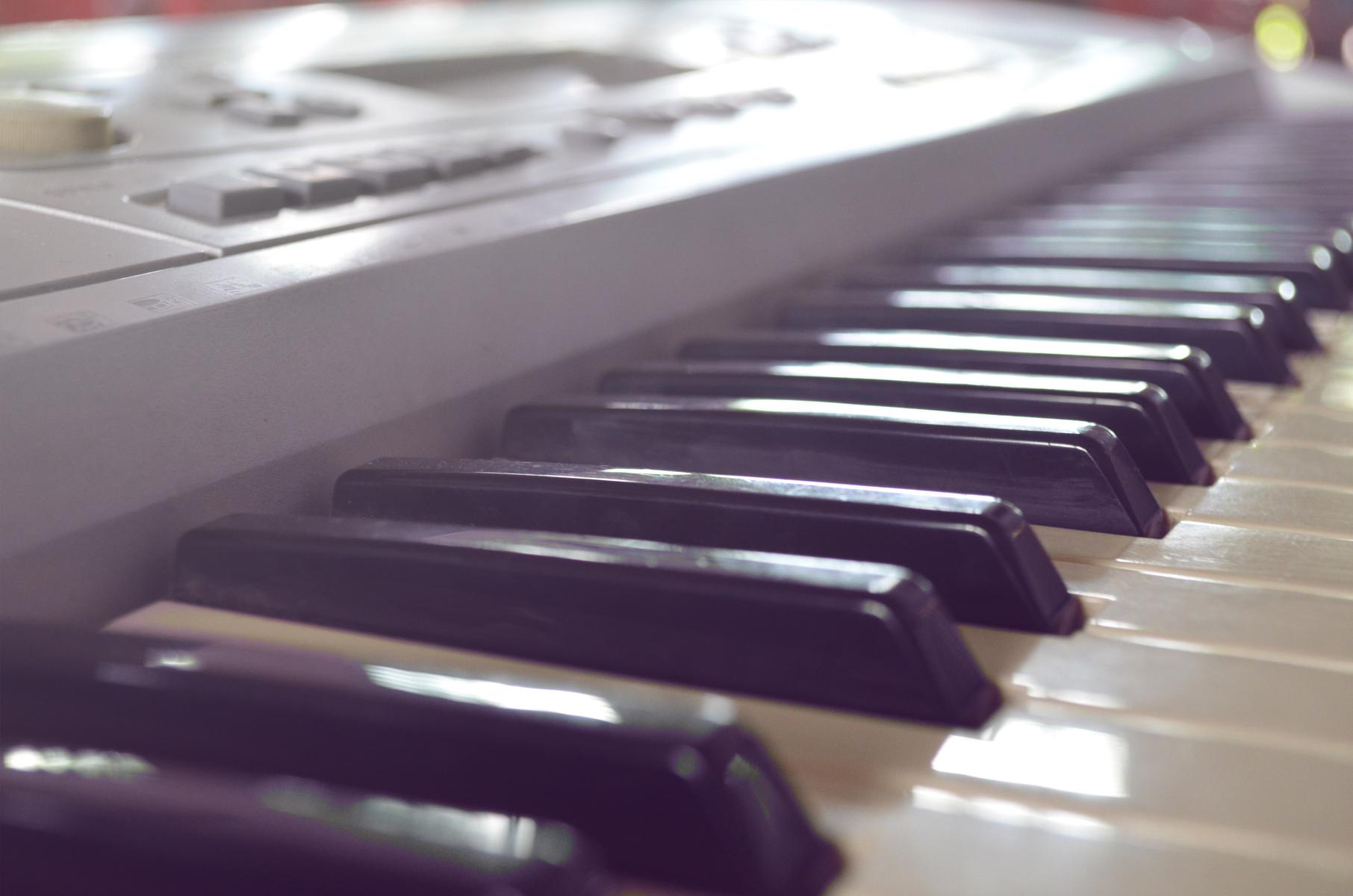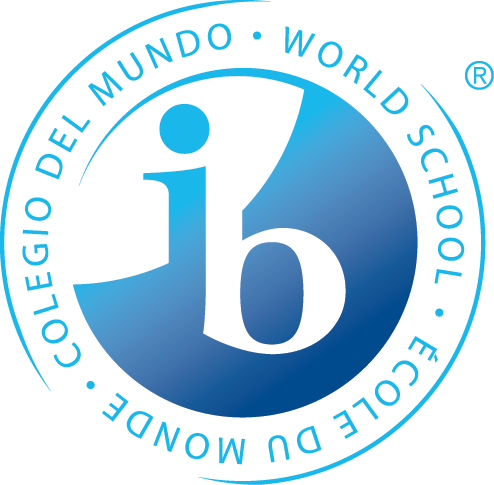2021

Library
The children are timetabled weekly, to borrow books from the Library with their classroom teachers. During these borrowing sessions, they will gain a better understanding of Library locations and the borrowing/returning procedures. The focus will be on reading for enjoyment, interest and information. The children will have the opportunity to consolidate their literacy skills and further their development in literature appreciation.
The Library program also supports and extends the units of inquiry being studied in each year level and provides classrooms with resources to enrich the units offering varied forms of information.
Visual Arts
The Term 1 Unit of Inquiry is called “Mythology” which integrates with the Transdisciplinary theme- “How we express ourselves”. The Unit focuses on the qualities of Mythological Gods from a variety of cultures and the connection with the PYP Learner Profile.
Students participate in:
- Drawing a design that explores the unique physical features of mythical Gods, to develop their own character.
- Creating a sculptural mask using cardboard construction to depict detail and expression to create their own mythical God.
- Printmaking mosaic of a unique pattern inspired by their chosen cultural mythology to be used as the background to the mask - demonstrating clear bold, graphic design and independent printmaking skill.
- Modelling a ceramic pot that merges Greek design with the work of Aboriginal Hermannsburg Potters and the concept of storytelling.
Physical Education
Team Building Activities and Parachute
Throwing and Catching Strategy Games
Modified Cricket and Softball Activities
Focus: Working together as a group showing empathy for others. Demonstrating open-mindedness and caring for each other.
Refine the basic and complex motor skills of throwing, catching and striking in game situations. The children will consolidate their skills of evaluating the performance of a peer during modified Cricket and Softball games and provide constructive feedback based on performance criteria to assist skill development.
Concepts: Responsibility - looking after each other and the sporting equipment needed in minor games. Safety on the sports field.
Learner Profile: Discussion with the children about Learner Profile attributes demonstrated during the lesson. Children identify peers that demonstrated a particular Learner Profile.
Japanese
PYP Concepts
Form (pattern)
Perspective (point of view of others)
Connection (relationship and network)
Responsibility (socially responsible action)
Themes/activities
Form (pattern)
Perspective ( point of view of others)
Connection (relationship, network)
Responsibility( socially responsible action)
Holiday stories
Describe my holiday stories with KEIYOSHI (adjective) in the past tense.
Eg. It was funny! おかしかった!
Essential agreements in Japanese room
Spell the agreements in HIRAGANA characters. Eg. そんちょうします(Show respect to others)
Hiragana / Katakana / Kanji characters
Let’s spell my name and grade in Japanese.
Greetings and classroom words (revision)
Eg. すみません、かしてください(May I borrow sensei’s stationery?)
Self- introduction (name, age, grade, what I like, nice to meet you!)
ぼく、わたし、さいです、六年生です、すきです、はじめまして!
Video talk with TAMANO Primary School, Okayama, JAPAN (SKYPE).
Let’s play a game with the Japanese students!
Write a “Happy Graduation” card to the Japanese students (year 6) and/or send them best wishes in Japanese through skype.
そつぎょう おめでとうございます
新しい学校でもがんばって!
Happy graduation!
Good luck at your new school!
Immigration
Migration to Japan
How to obtain Japanese citizenship!?
Music
Transdisciplinary theme: How We Express Ourselves
Using a recording of a streetscape in Jaipur, India as source material, create a composition incorporating skills acquired in Primary School.
Focus: Being open-minded and working cooperatively to produce a quality outcome.
Students will:
- Explore different approaches to graphic notation
- Learn how to lay out a score using traditional Western notation
- Explore free music writing software such as Garage Band
- Create a group composition using both graphic and traditional elements to notate their piece and record it on iPads.







